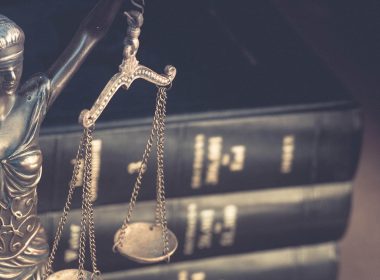Snapshot
- The Royal Commission into Institutional Responses to Child Sexual Abuse has brought about significant law reform.
- Managing historic institutional abuse claims can be challenging as it is an area that is constantly evolving.
- To minimise the risk of exposure to a professional negligence claim, lawyers should ensure they are up to date with changes in this area of law and be understanding of the particular vulnerabilities of their clients.
Historic institutional abuse personal injury claims have surged in Australia since the Royal Commission into Institutional Responses to Child Sexual Abuse (‘Royal Commission into CSA’). That surge has brought about significant law reform which lawyers need to stay informed about.
While avenues for obtaining compensation for survivors of child sexual abuse are easier to navigate than in the past, there are still barriers in place which affect how (and for how much) claims are resolved. A client dissatisfied with the outcome of their claim may look to find fault in their lawyer, but there are steps that lawyers can take during the claims process which will mitigate the likelihood of any future professional negligence claims.
Context
The law surrounding historic institutional abuse personal injury claims in Australia has undergone major change since the Royal Commission into CSA was established in 2013.
Since the Royal Commission, there has been significant legislative reform in this area and there is no longer, in any state or territory within Australia, a limitation period for child sexual abuse claims. (See Limitation Act 1985 (ACT) s 21C; Limitation Act 1969 (NSW) s 6A; Limitation of Actions Act 1958 (Vic) s 27P; Limitation of Actions Act 1974 (Qld) s 11A; Limitation Act 1974 (Tas) s 5B; Limitation Act 2005 (WA) s 6A; Limitation Act 1981 (NT) s 5A).
Courts now have the power, in any state or territory, to consider setting aside a Deed or Settlement Agreement entered into by a survivor of child sexual abuse (see Civil Law (Wrongs) Act 2002 (ACT) s 114K–114M; Civil Liability Act 2002 (NSW) s 7D-7F; Limitation of Actions Act 1958 (Vic) s 27QB-27QD; Limitation of Actions Act 1974 (Qld) s 48(5A)-(5B); Limitation Act 1974 (Tas) s 5C; Limitation Act 2005 (WA) s 92(1)-92(4); Limitation Act 1981 (NT) s 54(6)).
Furthermore, every jurisdiction in Australia has legislated to require unincorporated non-government organisations with no legal personality to nominate an entity with sufficient assets for an abuse survivor to sue (see Civil Law (Wrongs) Act 2002 (ACT) s 114D; Civil Liability Act 2002 (NSW) s 6K–6L; Wrongs Act 1958 (Vic) s 92; Civil Liability Act 2003 (Qld) s 33H; Civil Liability Act 2002 (Tas) s 49M–49P; Civil Liability Act 2002 (WA) s 15B; Personal Injuries (Liabilities and Damages) Act 2003 (NT) s 17Q-17R).




